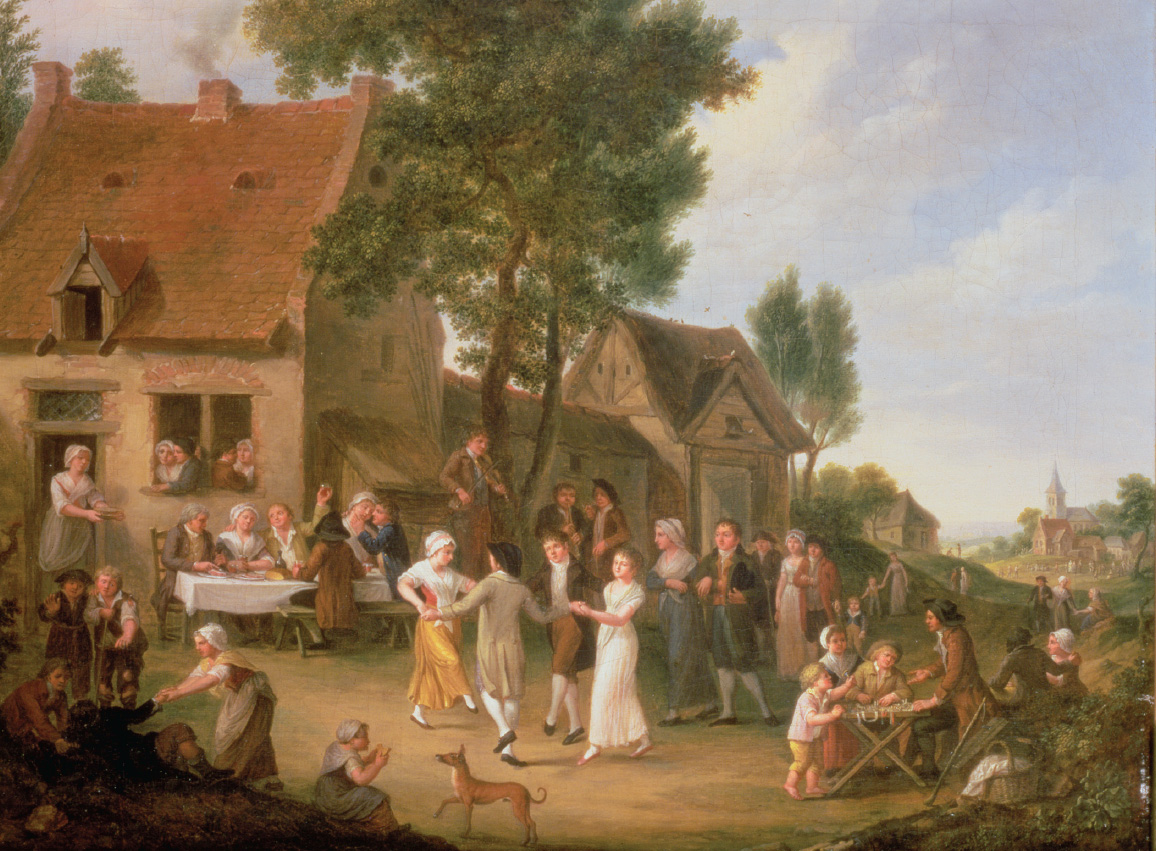A History of Western Society: Printed Page 578
A History of Western Society, Value Edition: Printed Page 587
New Patterns of Marriage and Illegitimacy
In the second half of the eighteenth century, long-standing patterns of marriage and illegitimacy shifted dramatically. One important change was an increased ability for young people to choose partners for themselves, rather than following the interests of their families. This change occurred because social and economic transformations made it harder for families and communities to supervise their behavior. More youths in the countryside worked for their own wages, rather than on a family farm, and their economic autonomy translated into increased freedom of action. Moreover, many youths joined the flood of migrants to the cities, either with their families or in search of work on their own. Urban life provided young people with more social contacts and less social control.

A less positive outcome of loosening social control was an illegitimacy explosion, concentrated in England, France, Germany, and Scandinavia. In Frankfurt, Germany, for example, births out of wedlock rose steadily from about 2 percent of all births in the early 1700s to a peak of about 25 percent around 1850. In Bordeaux, France, 36 percent of all babies were being born out of wedlock by 1840. Small towns and villages experienced less startling climbs, but between 1750 and 1850 increases from a range of 1 to 3 percent initially and then 10 to 20 percent were commonplace. The rise in numbers did not alter social disapproval of single mothers and their offspring, leaving them in desperate circumstances.
Why did the number of illegitimate births skyrocket? One reason was a rise in sexual activity among young people. The loosened social controls that gave young people more choice in marriage also provided them with more opportunities to yield to the attraction of the opposite sex. As in previous generations, many of the young couples who engaged in sexual activity intended to marry. In one medium-size French city in 1787–1788, the great majority of unwed mothers stated that sexual intimacy had followed promises of marriage. Their sisters in rural Normandy frequently reported that they had been “seduced in anticipation of marriage.”5
The problem for young women who became pregnant was that fewer men followed through on their promises. The second half of the eighteenth century witnessed sharply rising prices for food, homes, and other necessities of life. Many soldiers, day laborers, and male servants were no doubt sincere in their proposals, but their lives were insecure, and they hesitated to take on the burden of a wife and child.
Thus, while some happy couples benefited from matches of love rather than convenience, in many cases the intended marriage did not take place. The romantic yet practical dreams and aspirations of young people were frustrated by low wages, inequality, and changing economic and social conditions. Old patterns of marriage and family were breaking down. Only in the late nineteenth century would more stable patterns reappear.